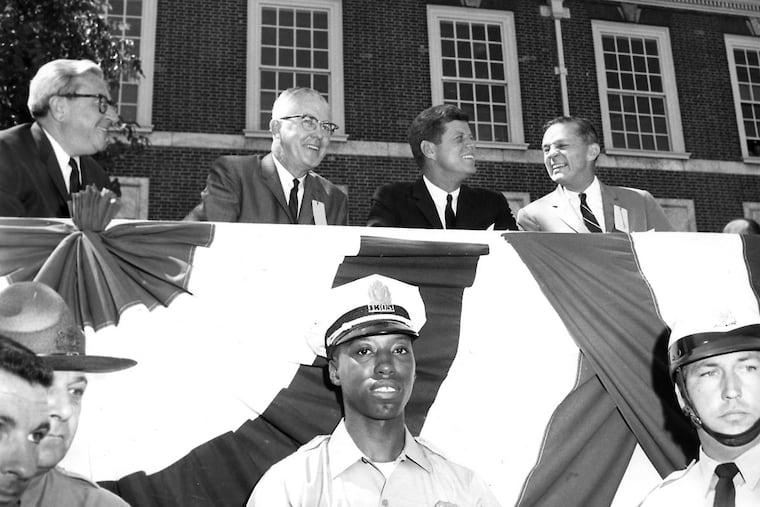Philly went big for JFK
As the nation marks what would have been his 100th birthday on May 29, Philadelphians recall his visits here, his political savvy and charisma, and his call to service that still resonates with people whose lives he touched.

As the nation marks what would have been his 100th birthday on May 29, Philadelphians recall his visits here, his political savvy and charisma, and his call to service that still resonates with people whose lives he touched.
